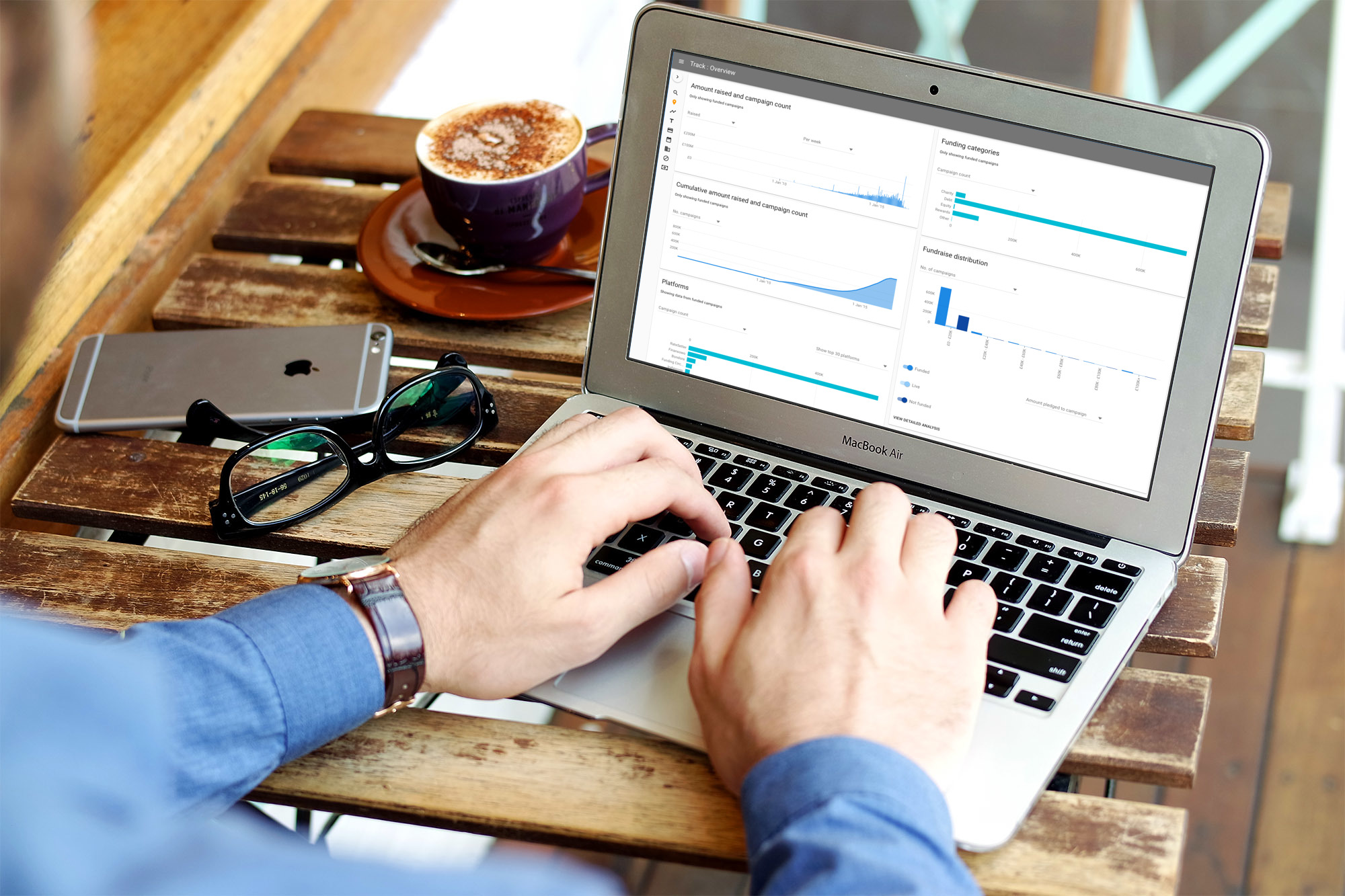According to a study by computer science researchers at Karlstad University, few people know how their personal data are collected, used, shared and accessed. The new EU General Data Protection Regulation (GDPR), coming into effect in 2018, will include higher demands on the possibility for users to access their own personal information.
Within a year the new EU General Data Protection Regulation (GDPR), will be applied. This means that all net-based services storing personal data are required to provide the possibility for users to access and download their personal information.
“Just downloading the information is not helpful for most users though the special format may not be understandable. To make it useful, the information also needs to be visualised in a proper way,” says Farzaneh Karegar, doctoral student in computer science.
Farzaneh Karegar and her colleagues at Karlstad University have developed a tool, Data Track, to help users download and visualise their personal data from a service provider such as Google. The tool has also been used in a project to study the users’ views on their personal data and it’s portability.
“In this study, users downloaded the location data from a Google account, that is, information on different locations at various times. We could see that the users did not find this information particularly useful and they were more interested in implicit data that services derive from them. For example user behavioural patterns: how often they log into Facebook or Google or how much time they spend on Facebook or Google applications daily.”
Data Track can also be used to edit the downloaded data and upload it to a new service. When, for instance, a new type of social network similar to Facebook is launched, a user may want to switch. Then the user can download the Facebook data and use the Data Track to edit and upload it to the new social network.
“The study also showed — aligned with previous results — that users have difficulties in understanding the difference between data saved locally on their own computers and remotely on different websites when using transparency enhancing tools like Data Track. To change data saved remotely on the Internet, users have to download the information to their computers first and edit the information before uploading the new version to the service provider in question,” says Farzaneh Karegar. ” This will be possible with the help of a new version of Data Track in the future.”






